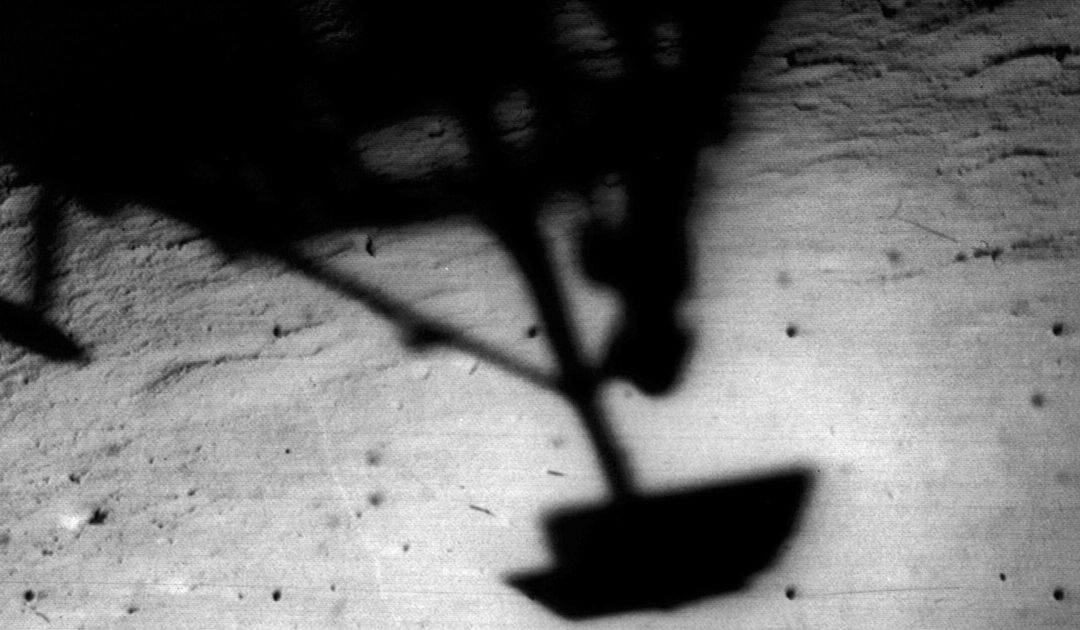On June 2, 1966, Surveyor 1 softly landed on the lunar surface, and NASA celebrated a significant success in the Space Race.

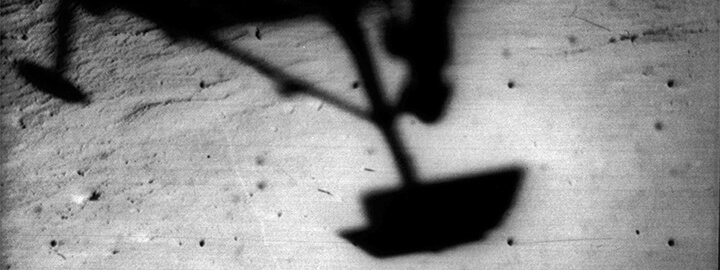
Surveyor 1 shadow against the lunar surface.
Credit: NASA/JPL
Stargazing: Surveyor 1 June 2 Moon landing 1966
June 3, 2025
Julie Silverman, Carnegie Science CenterOn June 2, 1966, Surveyor 1 softly landed on the lunar surface, and NASA celebrated a significant success in the Space Race. Both the Soviet Union and the United States placed a priority on space dominance. The Soviet program reached the lunar surface first with a hard landing in 1959 (intentionally crashing the spacecraft into the surface) and a soft landing in 1966, just four months before Surveyor 1. But the Surveyor probe proved a far more advanced version than the Soviet Luna 9. Its technologies and testing were designed specifically to scope out needs for a successful crewed mission. Surveyor 1 collected lunar temperatures while sending over 11,000 pictures back to Earth, including panoramas, area surveys, and even celestial photography.
Surveyor’s first attempt at landing success was nearly greeted with surprise. Probabilities had given the mission 10–15 percent odds due to failures with previous Ranger spacecraft missions.
Seven planned Surveyor missions made five successful landings, each performing critical experiments anticipating a crewed Apollo arrival. In 1969, two years after Surveyor 3’s successful landing, Pete Conrad, commander of the Apollo 12 mission, visited it. Parts of Surveyor 3 came home to Earth to be examined for long-term effects of the Moon’s harsh environment.
To date, five countries have made successful moon landings: Soviet Union-Russia, United States, China, India, and most recently, Japan.
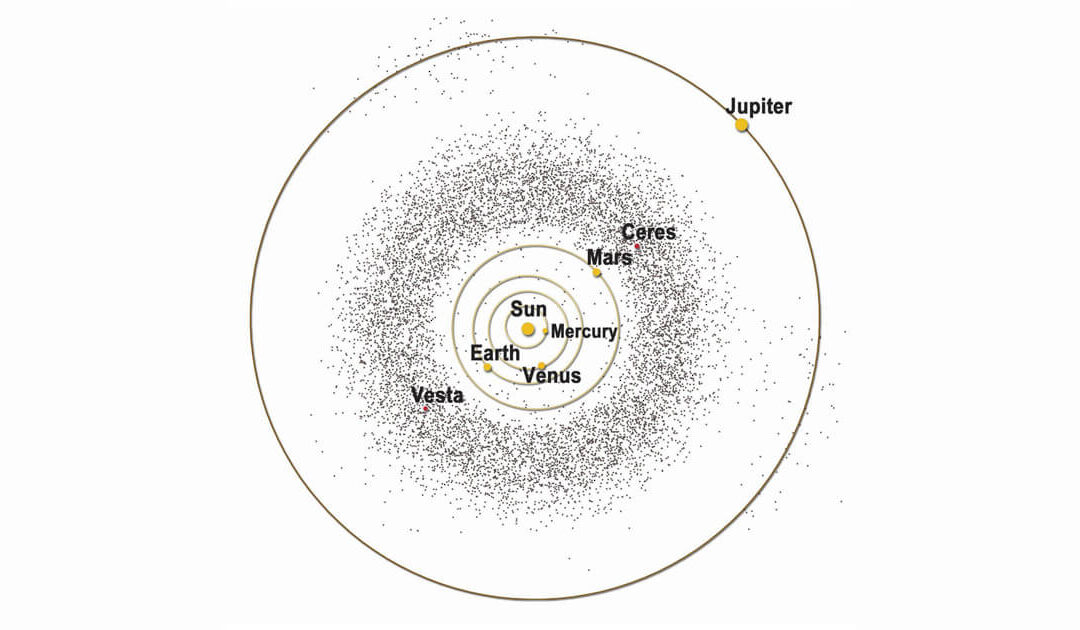
Stargazing: June 30 Asteroid Day – date of Siberian Tunguska Event; largest asteroid impact in recorded history
Pre-dawn hours of June 27 will bring peak opportunities to view June’s Bootid meteor shower. A thin crescent moon will enhance the chances of seeing meteors flash across the sky. Home > Blog ...

Stargazing: Solstice June 20– also, Moon-Saturn-Neptune close approach 5:45 a.m. June 18
Welcome summer! On Friday June 20 at 10:42 p.m. EDT, the sun will reach its northern-most point in the sky. Home > Blog Welcome...
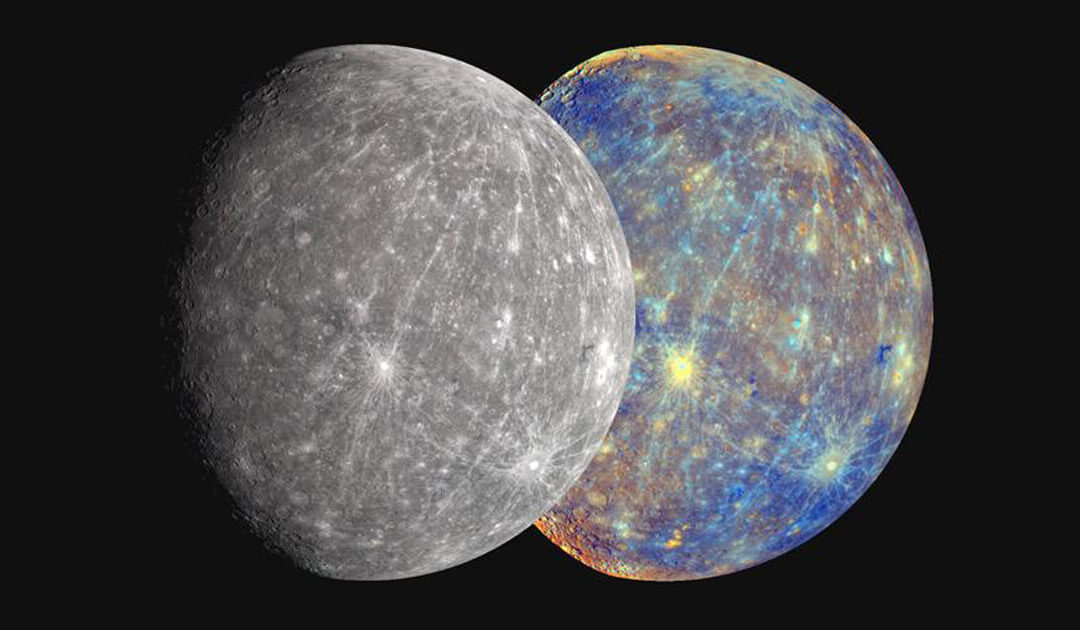
Stargazing: Mercury spotting from June 12-29
Mercury watchers will have several chances to view this elusive planet over the next two weeks. Since Mercury is the closest planet to the Sun, there is a small window in which it is visible. Home > Blog [acf...
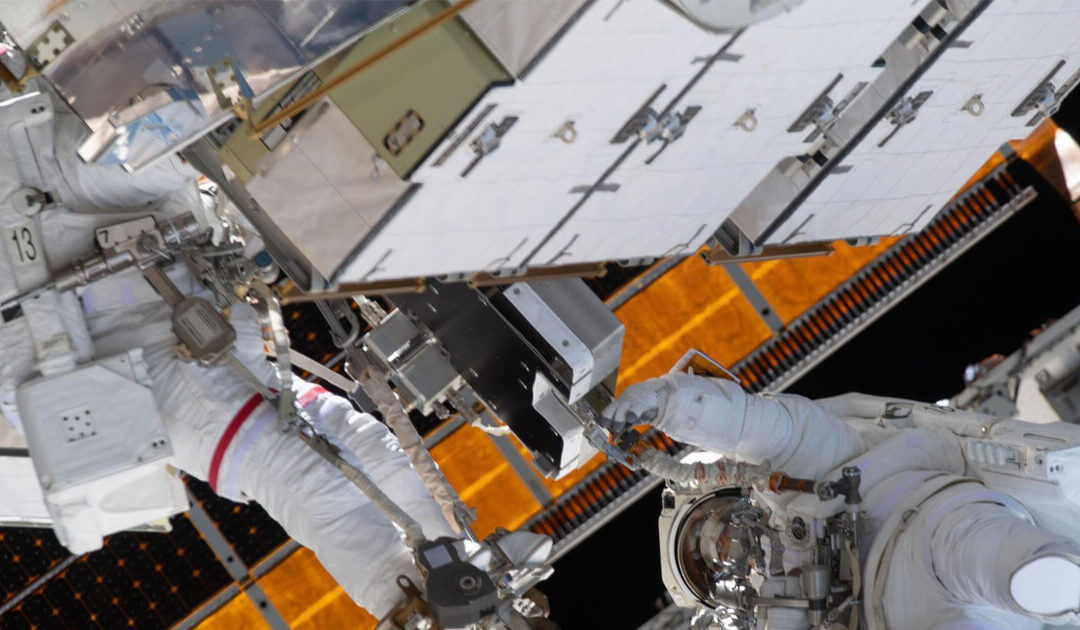
Stargazing: Ed White 1st American to walk in space/ISS’s first all-woman spacewalk
Sixty years ago, an American astronaut walked in space for the first time. At 3:45 pm on June 3, 1965, Ed White opened the hatch of the Gemini 4 mission and propelled himself into space. Home > Blog [acf...
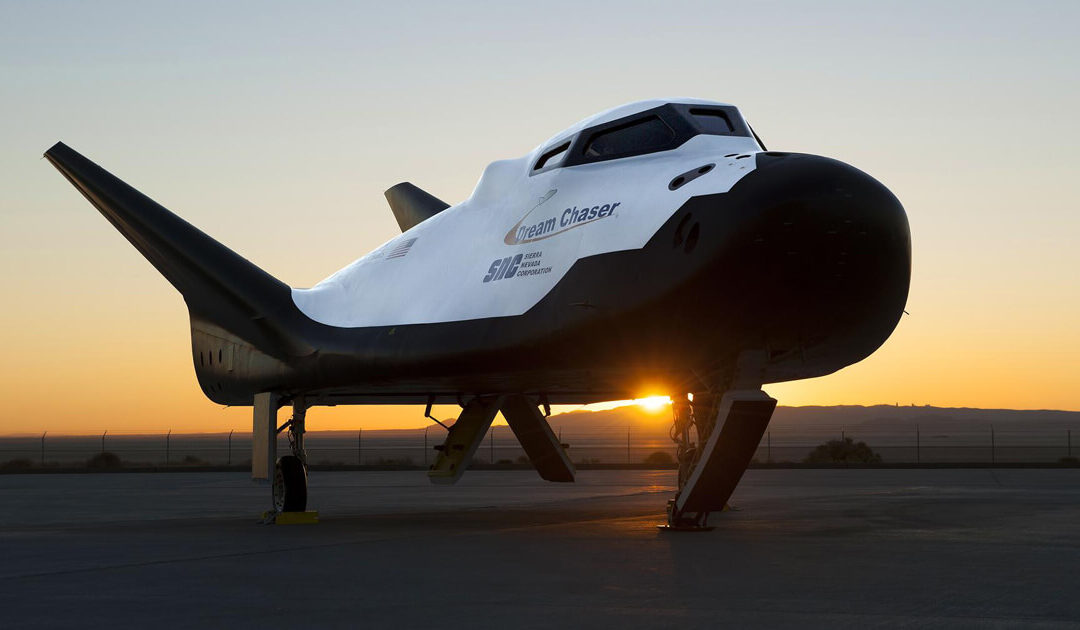
Stargazing: ULA Vulcan Centaur: Sierra Space Dream Chaser
A spaceflight first is poised to take place in May. Sierra Space Corporation, the private Colorado-based company, has been developing a reusable “spaceplane.” Home > Blog [sv...
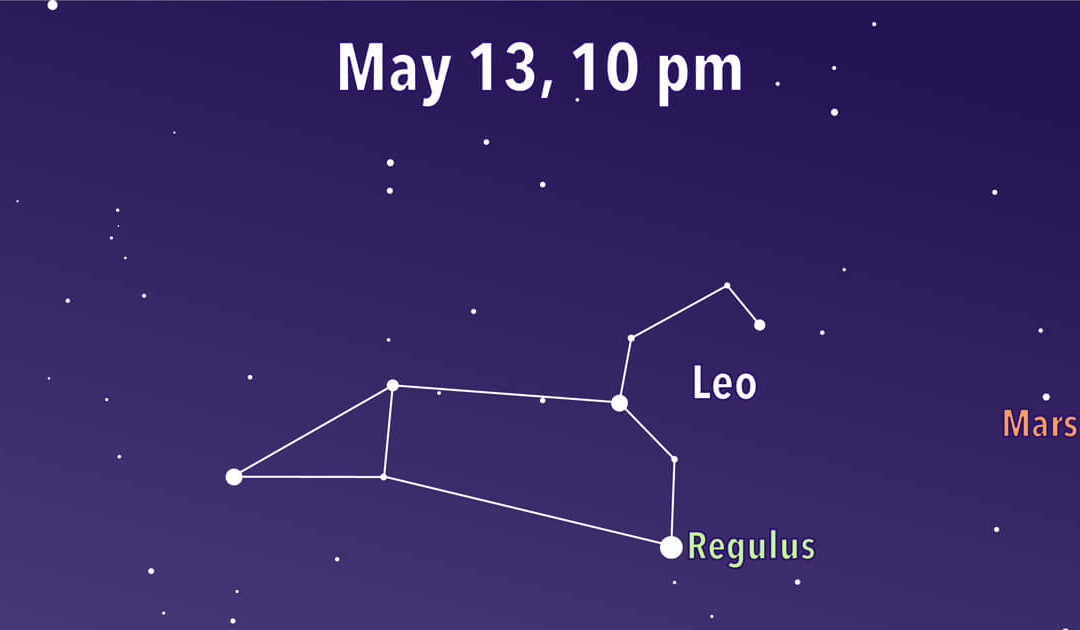
Stargazing: Leo the Lion still regal in the sky
Leo the Lion, the twelfth largest constellation, still regally rules the springtime heavens. It is easy to spot the distinctive backward question mark shape that creates the mane of Leo. A triangle of stars forms the hindquarters. Home > Blog [acf...
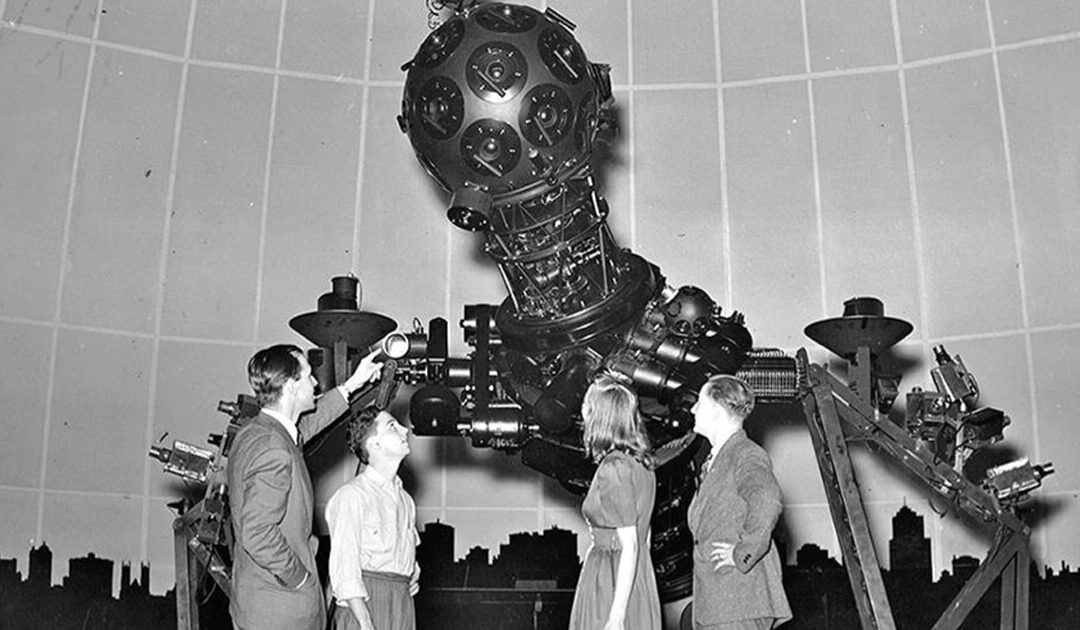
Stargazing: 100 years Planetariums/The beginning of Buhl to today
Pittsburgh's Carnegie Science Center holds the honor of hosting the fifth major Planetarium built in the United States. Home > Blog ...
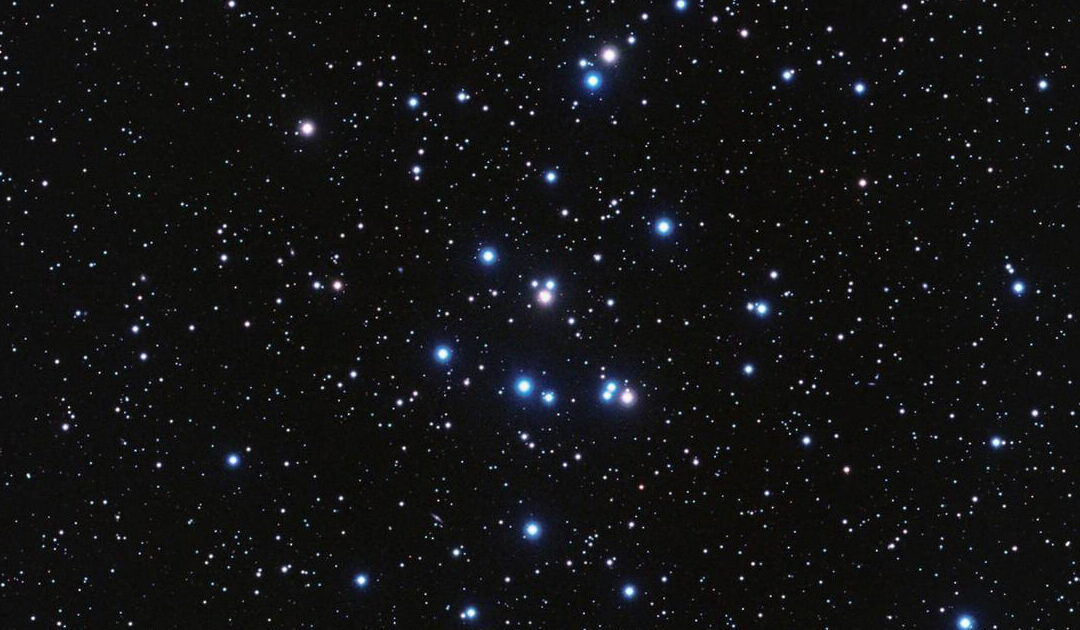
Stargazing: Mars and M44 – Beehive Cluster – close approach May 5
Mars has been dimming from our skies, but its rusty hue is still distinctive to spot. On May 5, a night with a waning gibbous moon, Mars will be in a picturesque conjunction with the open star cluster M44. Home > Blog April 29, 2025 [sv...
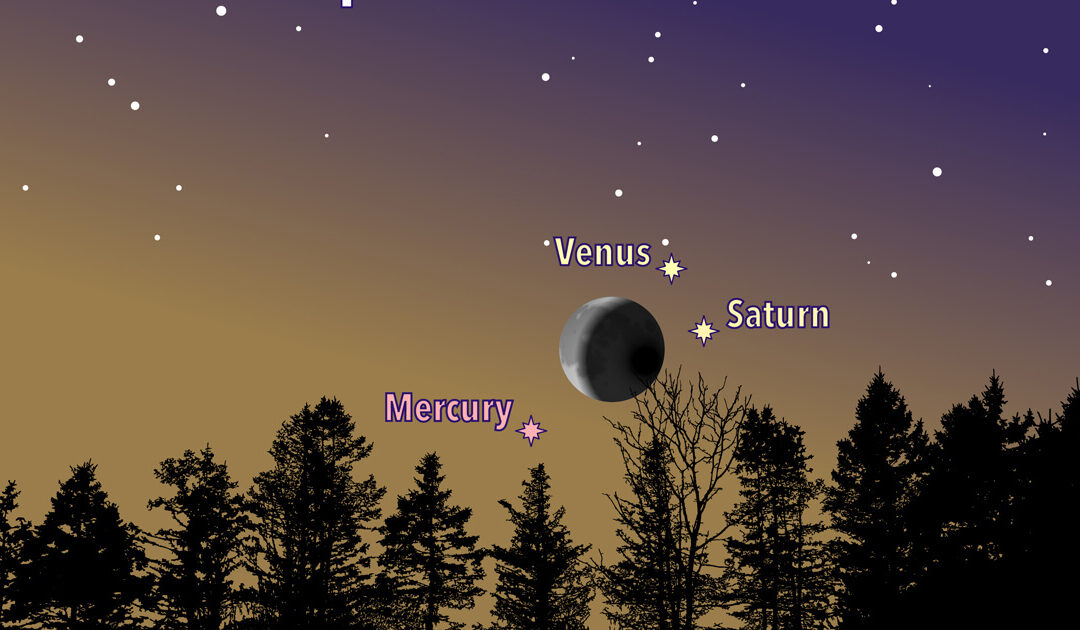
Stargazing: Conjunction Moon, Saturn Venus, Mercury and 55th Anniversary of Earth Day
Early morning skies are putting on a pretty show with Mercury and Saturn, very low to the horizon, visible below a gleaming Venus. On March 25, at 5:45 am, the planetary trio topped by Venus teams up with a waxing crescent moon until sunrise. Home > Blog April...
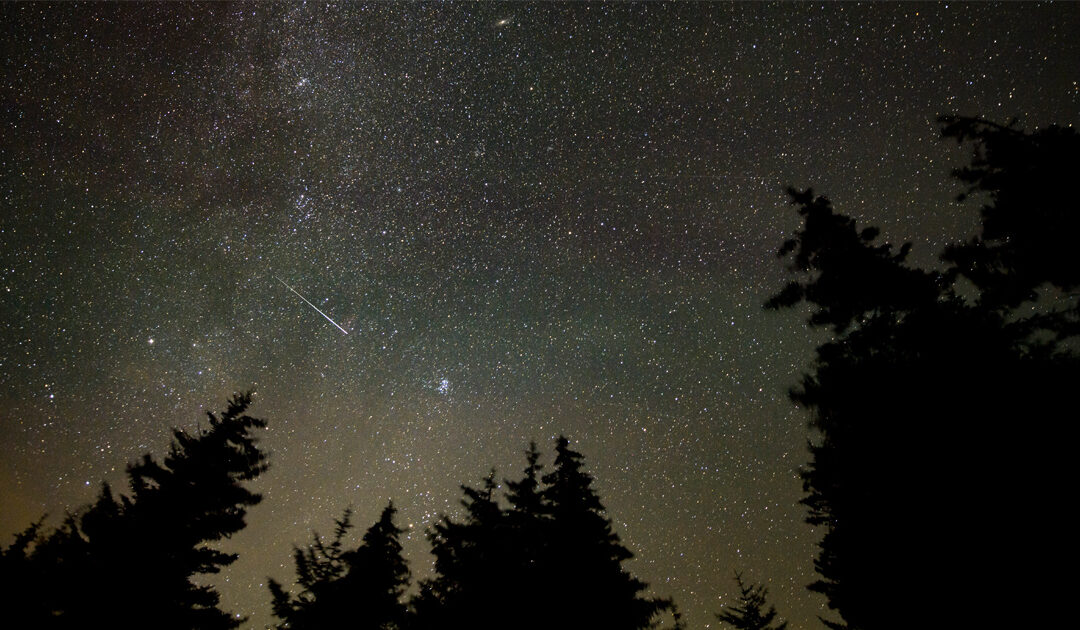
Stargazing: Lyrids Meteor Shower and the Crab Nebula
First recorded sightings of the Lyrids meteor shower date back to 687 BCE, noted by astronomers in China, although the comet that is the source of the meteors wasn’t discovered until 1861. Home > Blog April 25, 2025 ...


